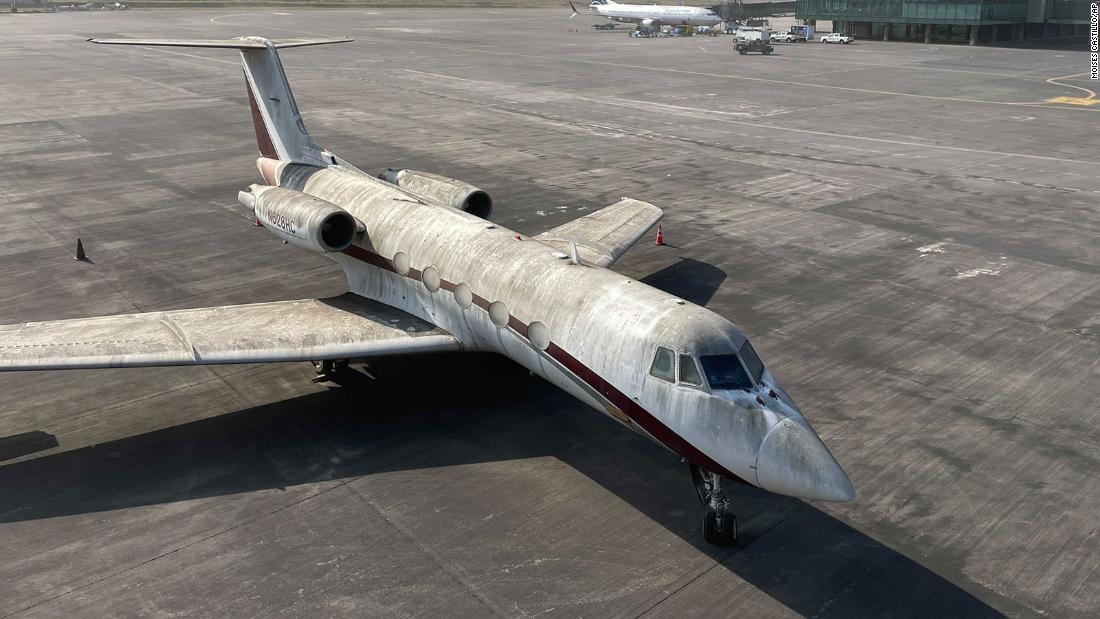The Civil Aviation Authority announced the closure on Twitter, saying it made the decision as a result of “changing the direction of the wind from south to north and increasing the volcanic activity of the Pacaya, and increasing the fall of ash”.
According to the Civil Aviation Authority, the measure was taken after recommendation by the National Institute of Seismology, Volcanology, Meteorology and Hydrology (INSIVUMEH), which announced the increase in volcanic ash in various areas of the capital.
“To date, nine aircraft have been affected and remain grounded, a flight from Los Angeles, California, United States, has been diverted to El Salvador,” said the Guatemalan Civil Aviation Authority.
In a video posted to his Twitter account, director of civil aviation Francis Argueta said it was unclear how long the closure would take, but that officials “hope to resume airport operations as soon as possible”.
Encounters between aircraft and volcanic ash can happen because ash clouds are difficult to distinguish from ordinary clouds, both visually and on radar, according to the US Geological Survey. Ash clouds can also derive great distances from their source.
The ingestion of volcanic ash by the engines can cause serious deterioration of the engine’s performance due to the erosion of the moving parts and the partial or complete blocking of the fuel nozzles.
Volcanic ash contains particles whose melting point is below the internal temperature of the engine. During the flight, these particles will melt immediately if they pass through an engine. Passing through the turbine, the melted materials cool quickly, stick to the turbine blades and disturb the flow of high-pressure flue gases.
CNN’s Kara Fox and Paul Armstrong contributed to this report.
